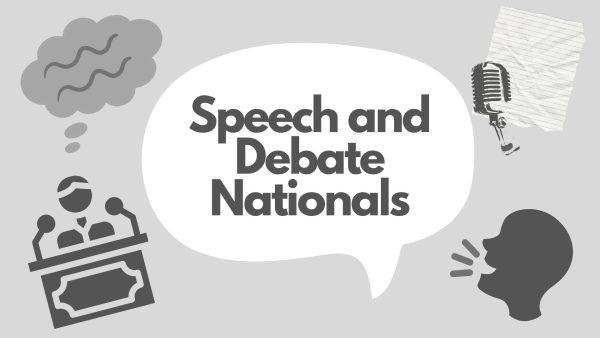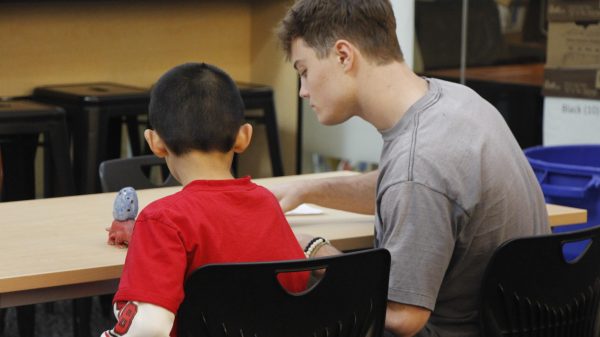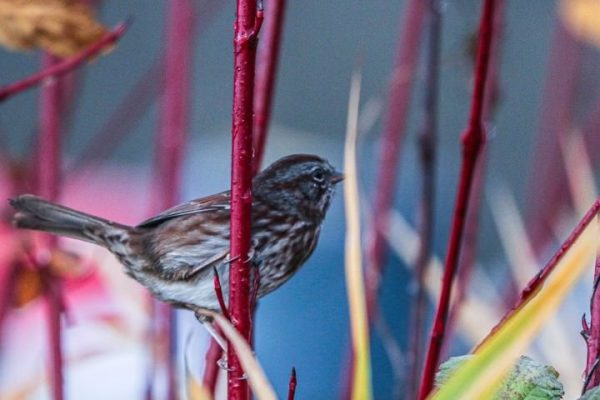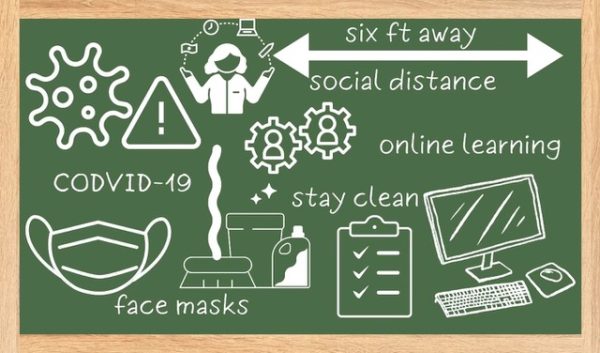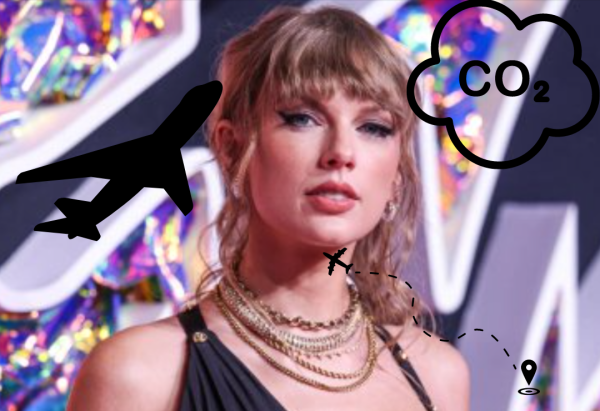For the sake of the students
The 2021-2022 Science Fair has begun. Students Sienna Reiner, sophomore; Emily Newton, sophomore; and Dylan Englund, sophomore; are working on their research for their project.
This year’s science fair has begun and students have started research on their projects. The International Science and Engineering Fair (ISEF) students are educating themselves on a variety of topics that can be either research based or safe chemical reaction experiments. ISEF is a science fair that is a research-based, high school competition that is held in the United States. ISEF competitions go from local to regional, then to national competition for a cash prize or a scholarship for science at a university. Students Sienna Reiner, sophomore; Emily Newton, sophomore; and Dylan Englund, sophomore; have been inspired to participate in this years fair
“We decided we wanted to do our research on how social media has affected students’ brains,” England said. “We chose this topic because we wanted to pick something relevant and that needs to be talked more about.”
Reiner, Newton, and England have decided to work together as a team on a project that involves collecting data on different social media platforms to see the effects on students and their mental health.
Social media is a platform to communicate and connect with new people and existing friends. Apps like Snapchat, Instagram, YouTube, TikTok, Twitter, and Facebook have many different features and activities users can partake in. Like posting photos and videos, sharing opinions, and meeting new people. This is the part of social media people find fun, but there is another side of it.
It causes both the ability to capture and scatter users attention according to an article written by NeuroGrow Brain and Fitness Center, which is a website that describes how the brain works, what affects it, and has different services to help brain health. “With a simple “refresh,” constant new information is at your fingertips.” NeuroGrow said. Constantly scrolling through media content that is continuously changing causes a user to become more drawn in.
“We mainly wanted to do ISEF for the credit, but it quickly became more than that,” Reiner said. “Now we do it for the learning aspect and educating others.”
They are doing a project based on educating others and spreading awareness of how teenagers are being affected mentally, and how it affects them in their everyday lives. The behind the scenes of the brain is not always accurate unless you get the information from collecting data. That is the learning experience behind this project.
“There is an importance of students and social media. It is a big deal nowadays as teenagers are constantly glued to their phones,” Newton said.
The effect on students has increased as they spend more time on social media, but they need to continue researching why this is happening.
“In order to succeed in our project, we need as many teenagers as possible to participate,” Newton said.
In order to get more accurate results they will need a lot of data to get the information they need to create their project. The more data they have about students, the better answer they will get to answer their hypothesis . The hypothesis they started with is that spending a lot of time on social media affects a students brain negatively as it causes a distraction and makes them lose focus.
This is a project that requires months of research and data collection, and it takes determination and motivation. Obstacles are faced still when having to find the time to work on it together as a group or alone.
“We’ve actually struggled a little bit with finding time to work on it together, but we strive to work after school in the library or even on FaceTime at home and equally split up the work,” Reiner said.
In ISEF, to get far in the competition the requirements are to spend productive time working on your data research and to produce a final product that proves you did that. This obstacle that Reiner, Newton, and Englund face affects how they will work on this project all together and make it the best they can. They have to keep pursuing this topic in order to achieve the answers about how journalism affects teenagers’ minds. This is a learning experiment and ISEF gives you that chance to explore things that you find interesting.
Once they are done with their project in the spring of 2022 they will bring it to the science fair for judging. Now to get farther in this competition the judges of scientists will review their work and calculate a score of how well and organized their project was. And as well as how accurate it is.
“We’re super excited about our results, and maybe even going to the state competition,” Englund said. “We have the dedication and ambition to go far in the process, but either way we’re glad we are doing it.”
Your donation will support the student journalists of West Linn High School. Your contribution will allow us to continue to produce quality content by purchasing equipment, software, and continuing to host our website on School Newspapers Online (SNO).
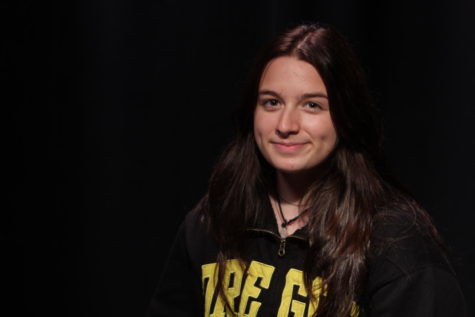
Mallory Cooper, sophomore, is the Lifestyle Editor and Facebook Editor for wlhsNOW. This is her second year of journalism, and ever since enrolling she...

























![Game, set, and match. Corbin Atchley, sophomore, high fives Sanam Sidhu, freshman, after a rally with other club members. “I just joined [the club],” Sidhu said. “[I heard about it] on Instagram, they always post about it, I’ve been wanting to come. My parents used to play [net sports] too and they taught us, and then I learned from my brother.”](https://wlhsnow.com/wp-content/uploads/2024/03/MG_7715-2-1200x800.jpg)
![At the bottom of the third inning, the Lions are still scoreless. Rowe stands at home plate, preparing to bat, while Vandenbrink stands off to the side as the next batter up. Despite having the bases loaded, the team was unable to score any runs. “It’s just the beginning of the season. We’re just going to be playing out best by June, [and] that’s where champions are,” Rowe said.](https://wlhsnow.com/wp-content/uploads/2024/03/IMG_3077-1200x900.jpg)





![The teams prepare to start another play with just a few minutes left in the first half. The Lions were in the lead at halftime with a score of 27-0. At half time, the team went back to the locker rooms. “[We ate] orange slices,” Malos said. “[Then] our team came out and got the win.”](https://wlhsnow.com/wp-content/uploads/2023/10/IMG_2385-1200x800.jpg)







































































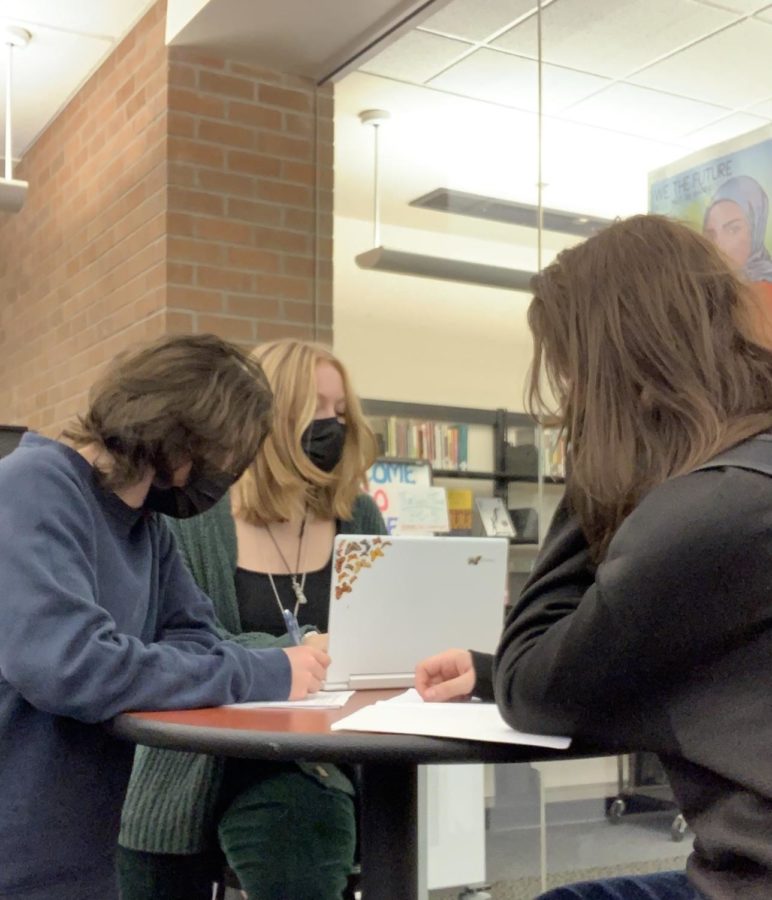
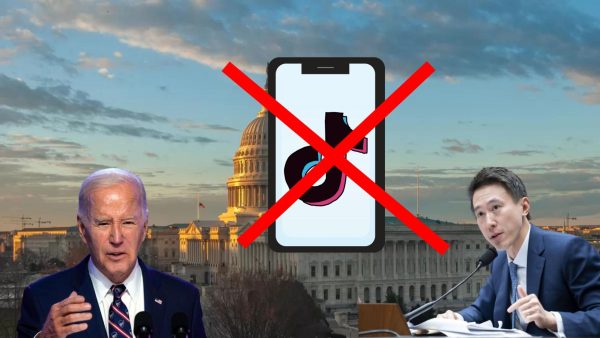

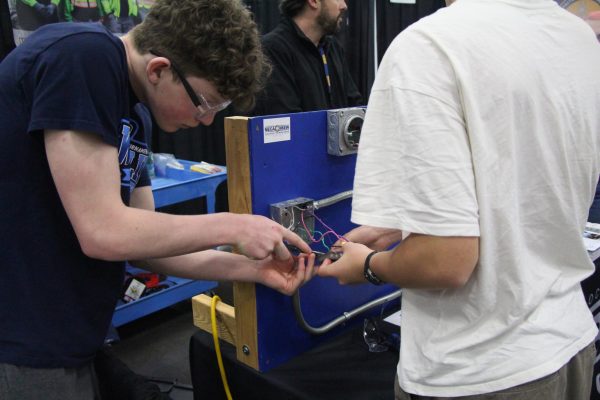

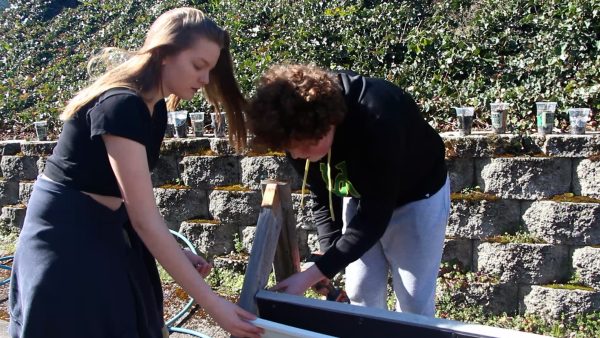
![Game, set, and match. Corbin Atchley, sophomore, high fives Sanam Sidhu, freshman, after a rally with other club members. “I just joined [the club],” Sidhu said. “[I heard about it] on Instagram, they always post about it, I’ve been wanting to come. My parents used to play [net sports] too and they taught us, and then I learned from my brother.”](https://wlhsnow.com/wp-content/uploads/2024/03/MG_7715-2-600x400.jpg)
